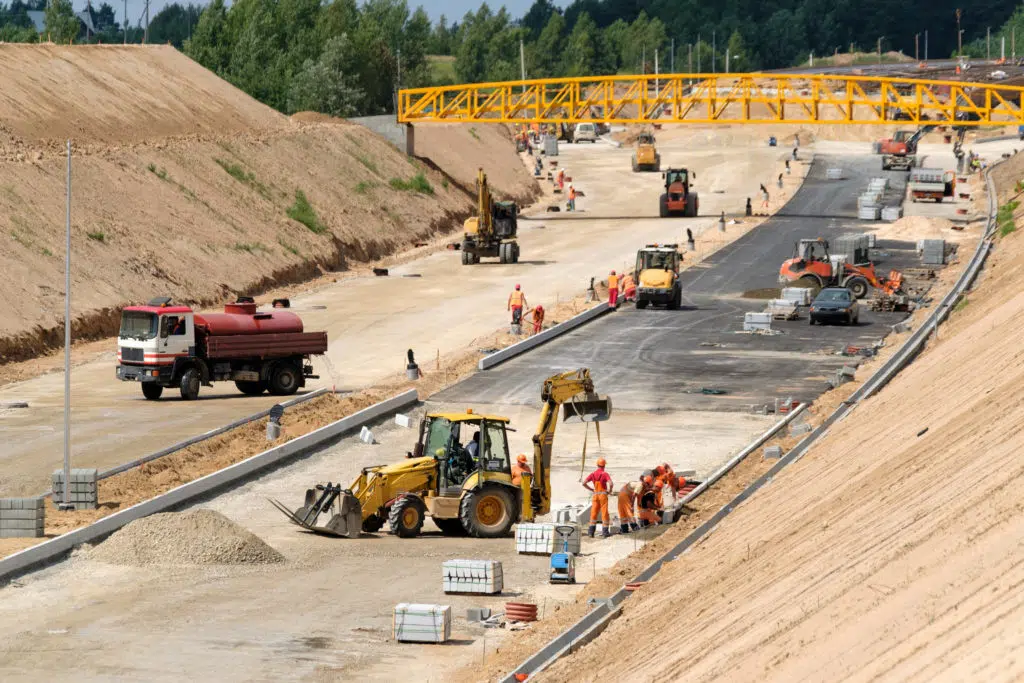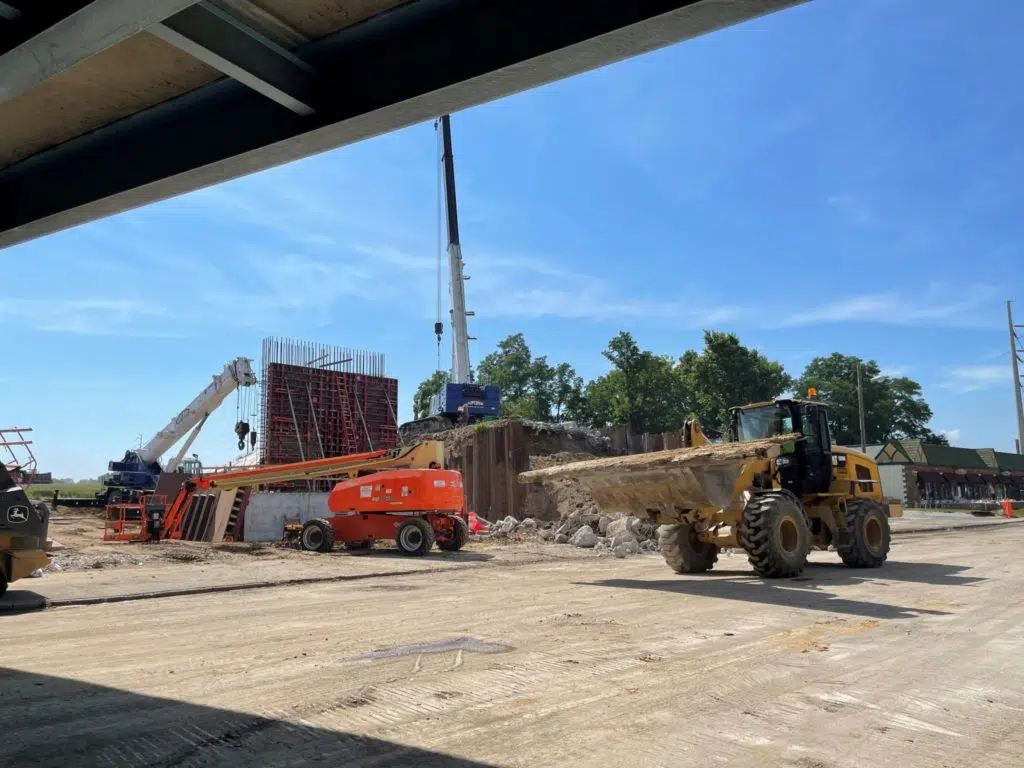U.S. Infrastructure Bill: Opportunity Knocks for Construction Teams – How Should You Prepare?
Investment in America’s infrastructure currently hangs in the balance in Congress. On August 9, the Senate passed the bipartisan infrastructure bill, known as the Infrastructure Investment and Jobs Act. While a step in the right direction in terms of infrastructure funding, it’s quite different from the original proposal deliberated earlier in the spring. The original bill, The American Jobs Plan, allocated approximately $2 trillion for infrastructure. After months of negotiation, the Senate reached a bipartisan agreement, and Americans are anxiously awaiting passage in the House of Representatives. The current bill allocates more than $1 trillion in funding, of which traditional infrastructure accounts for $550 billion.

Transportation Infrastructure Funding for Every State
So, what exactly does the Infrastructure Investment and Jobs Act cover? Breaking it down by category, funds are allocated for specific projects including:
- $110 billion for roads and bridges
- $66 billion for passenger and freight rail
- $39 billion for public transportation
- $17 billion for airports
Some states are greatly benefiting from the new bill, particularly the country’s most populous states –California, Texas, and New York. While these states are receiving the bulk of funds, each state in the union will draw support from the bill, with noticeable improvements at the local level. Each state will receive funds to make important upgrades to their highway system. Bridges come in at a close second in terms of investment, which is especially important in southern and midwestern states where bridge conditions are in heavy decline. Overall, the new investments are poised to address some of the nation’s most-glaring infrastructure problems including:
- Rhode Island’s crumbling roadways – consistently ranked as the worst in the nation
- West Virginia’s widespread infrastructure problems, including unacceptable roads and bridges
- Louisiana’s long-standing transportation woes, particularly bridges in unacceptable and dangerous condition
- Michigan’s failing roadways and dams

How Construction Teams Can Prepare
Regardless of the specifics of the final bill, forward-thinking construction companies need to gear up to accommodate increased project demand. Some smaller companies, and larger organizations looking to share liabilities, are partnering to bid on larger projects outside their production capacity. In addition to fostering cooperation, the anticipated influx of civil construction projects is also spurring interest in new technologies that promote efficiency to help construction teams do more in less time, such as:
- Drone survey programs: Construction teams are harnessing drone survey technology in a number of ways. They provide a quick, easy and affordable way to conduct site inspections and identify potential worksite hazards, thereby ensuring worker safety. Drone programs are being used to tackle inherently dangerous jobs like bridge and dam inspections, giving teams access to more data more often without compromising safety.
- Autonomous heavy equipment: Performing excavation, grading and sitework is faster and more efficient with autonomous heavy equipment. These machines rely on sensors and GPS to conduct site work based on 3D models generated by drone data. The result is precise accuracy in monitoring equipment movement and removing operators from the machines.
- IoT: The “Internet of Things” in terms of construction connects everyone working on a jobsite. Wearable IoT devices are particularly groundbreaking, connecting workers on site to a central dashboard where data is analyzed to help teams make important decisions. Overall, the IoT is improving safe work practices and resource management for construction teams across industries.
These are just some of the technologies boosting efficiency on the worksite that help project managers make better decisions faster, reduce the need for re-work, and promote team safety on the ground. Drone technology also helps companies take an environmentally friendly approach to daily operations, providing sustainability throughout the project lifecycle from site preparation through to final delivery.
Infrastructure is essential for economic activity, and the new investments proposed by the Infrastructure Investment and Jobs Act are set to support significant job creation for the construction industry and beyond. With the anticipated passage of the bill, construction teams need to plan ahead and be prepared to respond to increased project demand, both now and in the future, by embracing new technologies that improve efficiency, sustainability and safety.




